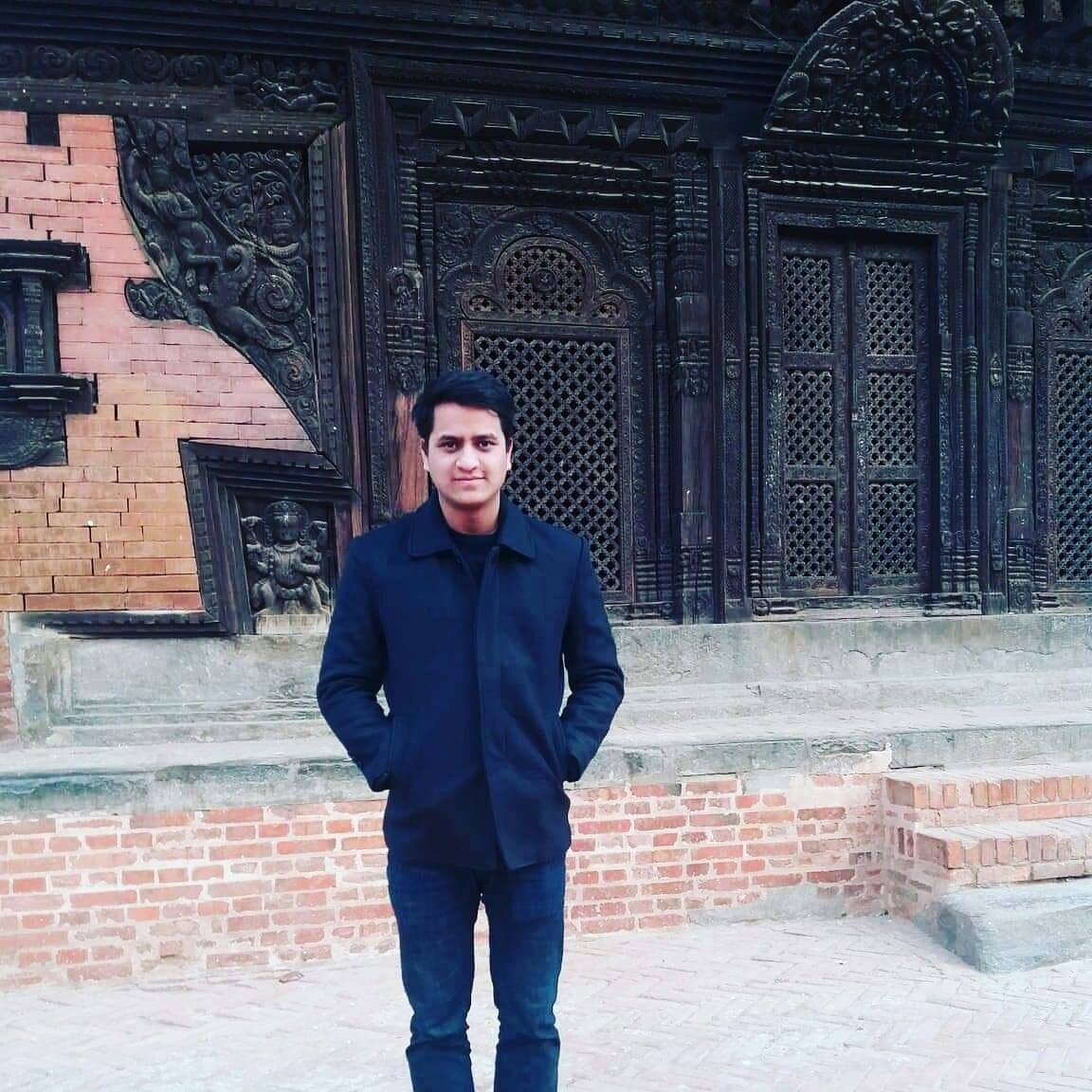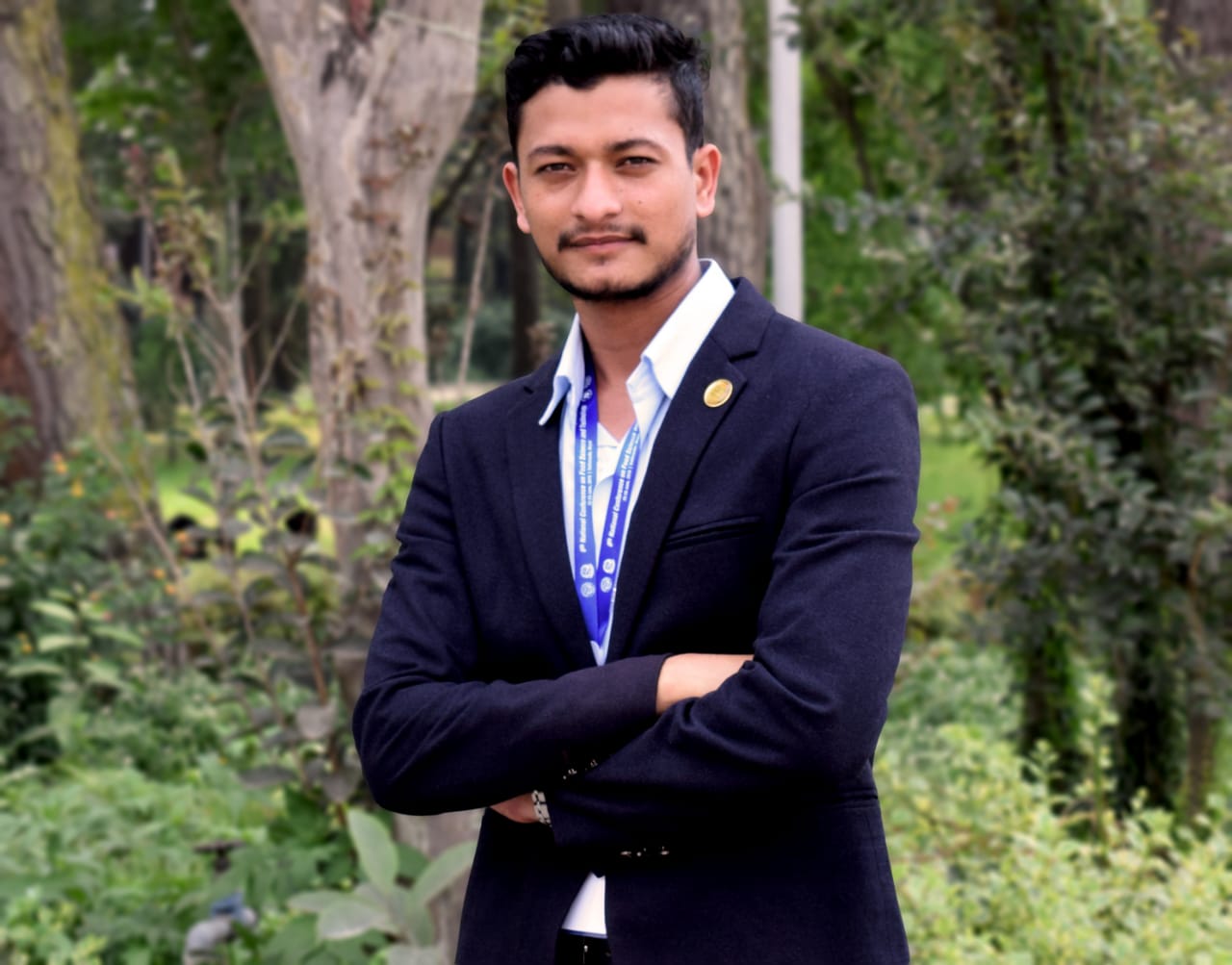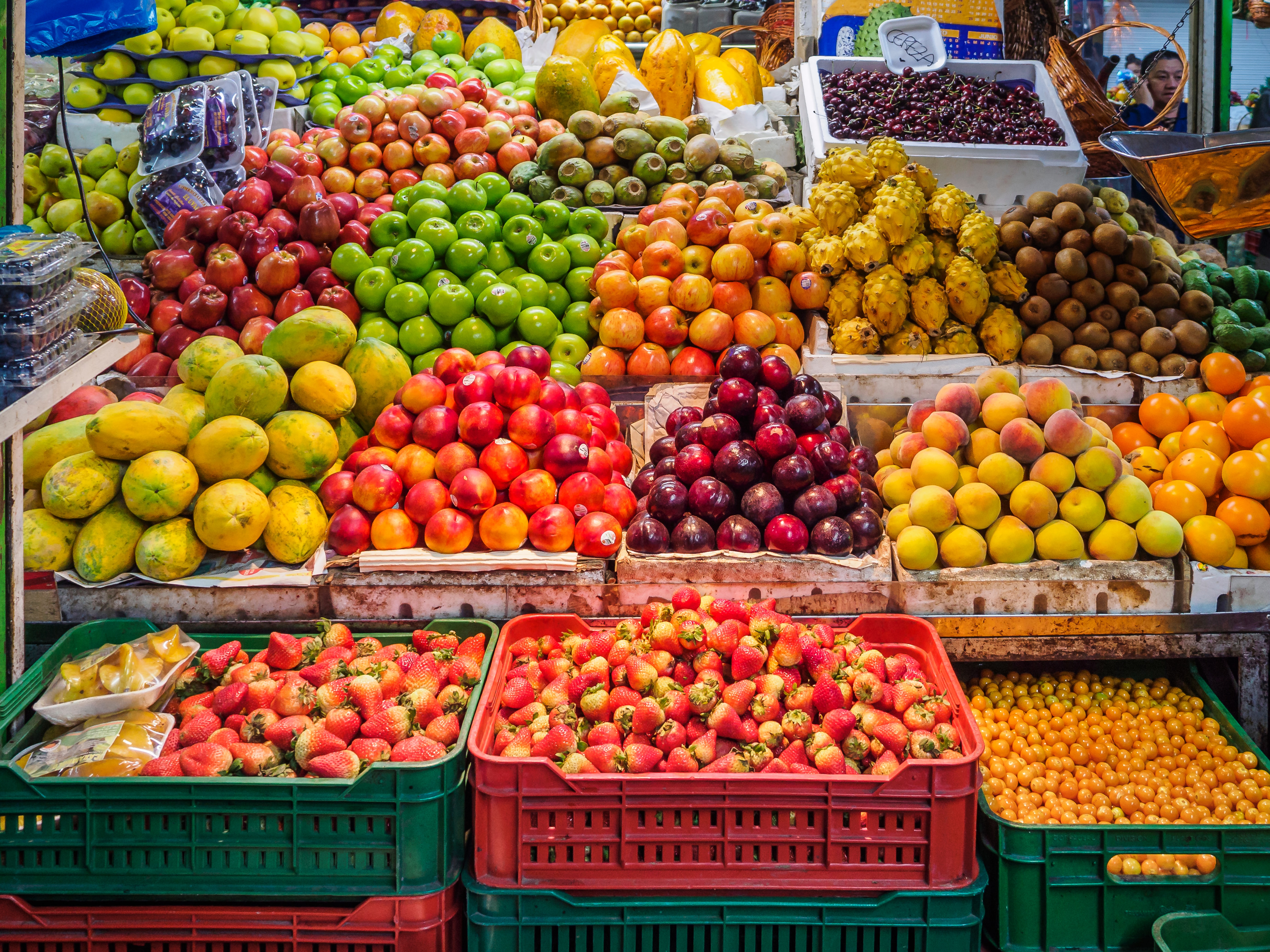Society | A megacity in the making in Buddha’s birthplace
Until a decade ago, it used to take about an hour and a half to reach Lumbini from Butwal via Bhairahawa. Narrow and bumpy roads greeted visitors to Lumbini, called a tourist city.
Anyone returning to this region after a decade will be surprised by the changes in Butwal, Bhairahawa, and Lumbini. The first thing they will notice is that the road from Butwal to Belahiya and Buddhachowk to Lumbini has been widened.
The construction of the six-lane road has shortened the distance between Bhairahawa, Tilottama, and Butwal, where a megacity is being planned. Deputy Prime Minister and Finance Minister Bishnu Poudel has already allocated a budget for the plan to develop the area into a megacity. Sainamana, Shuddhodhan, Siyari, and Omasatiya villages will also be connected to this city.
Deputy Prime Minister and Finance Minister Poudel, people's representative from, Rupendehi Constituency No 2, has been saying that Rupendehi will be made a model of development.
Butwal sub-metropolitan chief Shivaraj Subedi says the area east of Bardaghat west of Char Number will be incorporated into the megacity. The city will be extended to Saljandi Farsatikar and Amuwa.
However, experts say that officials need to maintain uniformity in the development of infrastructure. Yuvaraj Kandel, a scholar from Butwal, says that for the Butwal to become a megacity, there should be a uniformity in the infrastructure to be built in all the current municipalities.
"In particular, the budget needs to be allocated in such a way that infrastructure development is uniform and the metropolitan development authority is in control," he said. "If there is no uniformity in development, it will be difficult to develop a megacity."
Finance Minister Poudel has allocated a budget to lay underground power transmission cables in Butwal. This will help maintain the aesthetics of the city as overhead cabling has been seen as a bane for cities in Nepal.
Butwal sub-metropolis plans to develop the area as a green city. A tree plantation program has been launched to make road dividers green. There are plans to develop the Tinau-Danau corridor as a green corridor. At the same time, plans are being formulated to develop the Belbas-Bethari road in a similar fashion.
Traffic lights have been installed in Tilottama to make the city modern and safe. Tilottama’s Mayor Vasudev Ghimire says, "Work has been started from Manigram in the first phase of the road safety program."
Traffic lights will also be installed in Butwal and Bhairahawa. In Butwal, a modern model auto and transport village to manage freight vehicles and prevent unnecessary crowding of the city.
Sanamina municipality has started the construction of a modern landfill site in cooperation with neighboring municipalities. "Sanamina's landfill site plays an important role in waste management," said Mayor Chitra Bahadur Karki. "Even the waste of neighboring municipalities will be managed here."
There are plans to run electric buses to connect Butwal to Bhairahawa and Lumbini. There are plans to run electric buses in Lumbini as well. However, it’s yet to come into operation.
The International Conference Center being constructed in Butwal, and Bhairahawa Airport will make Butwal and Bhairahawa more cosmopolitan.
Drinking water for the densely populated city of the future is also being planned. The Jhumsa Khola Drinking Water Project will bring in more than 30 million liters of water to Butwal daily. Siddhababa's tunnel route and Kaligandaki-Tinau diversion will also make the city more attractive.
Is your food organic? Probably not and it probably doesn’t matter
A medium-sized bunch of lettuce costs Rs 30 at the local vegetable market. The organic version of the same, depending on the seller, is priced anywhere between Rs 75 to Rs 150. These days, many people prefer the latter because organic food is supposedly free from pesticides, nutrient-rich, and thus healthier. But is it really as good as we think it is? Experts say there actually isn’t much nutritional difference between organic food and their conventional counterparts.
Dietician Kala Nepal says the impact of organic food on health and disease prevention isn’t significant. Various studies suggested people who consumed organic food have relatively lower risk of heart disease and skin problems but the subjects also followed better lifestyles. Nepal says good health in such cases cannot be attributed to the consumption of organic food alone.

Kala Nepal
“There have been quite a few studies examining the macro- and micronutrient content of food. The vitamins and minerals content are found to be similar in both organically and conventionally grown food," says Nepal.
Food, according to Nepal, needs to be affordable and accessible. While choosing what to eat, we have to factor in its practicability. It’s not possible to get organic versions of everything we eat on a daily basis. Organic food is also more expensive. There are a number of reasons for that: There is less production, it needs more manpower, and it costs money to get certified as organic. Is the extra expense worth it? The answer is no.
Anushree Acharya, dietician and MD, The Nutrition Cure Nepal, says most of us are just paying for the ‘organic’ tag. There are some companies that are following the required protocols but many others are just labeling their products organic to sell them at higher prices. Unfortunately, there is no way to tell what’s genuine and what’s not.
 Anushree Acharya
Anushree Acharya
According to Mohan Krishna Maharjan, senior food research officer and spokesperson at Department of Food Technology and Quality Control, there is no monitoring of the organic market in Nepal. The government has set some guidelines for organic food production and organic products do need a third-party certification. The thing is, no one checks if companies are following the rules.
Maharjan explains growing organic crops involves managing many external factors. The soil has to be pesticide-free for a certain number of years and the environment has to be an isolated one. If you are growing something without synthetic fertilizers at a certain place but pesticides are being used in the surrounding areas, then your crops aren’t organic.
Food technologist Ujjal Rayamajhi says there are a few organic farms in Kathmandu that are abiding by at least some government-set criteria but then again there is no monitoring to guarantee full compliance. Also, the government is trying to support those that follow good agricultural practices. But there is a need for proper rules and regulations to make sure the organic food available in the market today meet the required standards. Unless there’s a system in place, the public runs the risk of paying high rates for substandard products.
 Ujjal Rayamajhi
Ujjal Rayamajhi
Our focus in the meanwhile, dietician Acharya says, should be on eating healthy by using what’s locally available to us rather than letting our food choices be driven by marketing gimmicks. Acharya sees a lot of people having organic teas or certain seeds (like flax and chia seeds) because the packaging declares it’s good for such-and-such conditions or because someone they know vouches for its efficacy.
News of pesticide-laden fruits and vegetables in the market also fuel our interest in organic produce. Experts say that though this is something the government needs to look into to ensure public safety in the long run, there really is no need to be alarmed and completely switch to organic food.

What we need to understand, they say, is that growing and preserving crops without using chemical fertilizers is almost impossible today. There is also a toxicity limit to the use of pesticides in agriculture and as long as that is followed conventionally grown food is safe for consumption.
There are also, says Nepal, simple ways to lessen the pesticide content in our food. Soaking grains, fruits and vegetables in a solution of baking soda is effective in removing much of the pesticides present in them. Similarly, Acharya adds you can immerse food in salt water for at least 15 to 20 minutes to let toxins leach out. Other ways to remove toxins from food include scrubbing your produce and cooking without a lid on.
Aarem Karkee, dietician at Patan Hospital in Lalitpur, says the main dietary issue we need to focus on isn’t whether we are eating food that is grown using pesticides and synthetic fertilizers. The top 10 reasons for mortality, including heart diseases, diabetes, and cancer, are all linked to our consumption of refined and fast food. The emphasis, he says, should thus be on changing the kind of food we eat—meaning we should eat more whole foods rather than the processed and packaged kind.
 Aarem Karkee
Aarem Karkee
“If you ask me whether you should be eating greens that you know have been sprayed with pesticides, then my answer is a resounding yes,” says Karkee adding that the benefits of having fruits and vegetables, despite their chemical content, far outweigh the risks.
Fellow dieticians Acharya and Nepal both agree with Karkee and say the key to eating healthy lies in making sensible food choices. Eating what’s in season is also one way of a relatively toxin-free lifestyle. So is understanding your food: Produce with thicker skins tend to have fewer pesticide residues. The thick skin or peel protects the inner fruit or vegetable. If you remove the skin or peel, then you are essentially removing much of the residue.

Nepal also mentions that we tend to choose fruits and vegetables that are glossy and don’t have a single mark on them but that’s not really what you should be doing. Instead, she suggests, look for ones that aren’t so perfect. If you see insects or some damage, that’s an indicator that they were cultivated using less fertilizers and chemicals.
Further, Acharya adds that there are many practical ways in which you can have a toxin-free, healthy diet. You just have to be willing to look beyond the fads and experiment with different types of food as well as be a little aware about the kinds of nutrients available in different kinds of products. For example, she says, it’s not necessary to have avocados and nuts for your daily dose of omega-3s. Ghee and cooking oil (like olive oil) are also great sources of unsaturated fatty acids.
“Eating organic food isn’t the ultimate way to good health as it’s often made out to be these days,” she concludes.
LGBTQIA++ | Rainbow reigns over Nepali social media this month
The sixth month of the year marks Pride Month--thirty days of celebrating sexual identity, advocating for awareness and acceptance. The Nepali LGBTQIA++ community usually celebrates the month with the Pride Parade and organizing awareness campaigns.
But this year's celebrations are a bit different. The march is now going to be held virtually on June 12 and much of the in-persons programs were planned by LGBTQIA++ organizations are on hold indefinitely.
“The second lockdown has put a damper on things,” says 22-year-old transwoman Samaira Shrestha. “But we’re not going to let it ruin our plans.” Instead of visiting different NGOs, she’ll be working with notable organizations to enhance the quality of life of transgender people in Nepal, and she’ll be doing it mostly online.
“Having seen how social media is playing such a key role during the pandemic, I believe that various media campaigns and the virtual Pride Parade will be just as efficient in inviting more queer individuals into the platform,” Shrestha continues. “Nowadays, just simple posts can hold a lot of information regarding queer activism. I’ll be working to create and share more documents that contain information about the community’s statistics, the problems we face and how we can resolve them.”
While Shrestha agrees that going out is risky right now, she’s trying her best to participate physically in as many places as she can. “I just returned from an interview regarding and will be going to a few podcasts throughout this month,” she says. Besides this, she’ll be conducting discussions in ‘LGBTIQ+ dunia’ a room on Clubhouse, and launching her podcast where she’ll be inviting champions from the community.
Similarly, transman Nipen Wong Lama will be working with Unity for Change, a non-profit organization working for the betterment of LBT groups. Because he was alone during his transition process, he doesn’t have links with many LGBTIQA++ institutions. However, this year, he’s making a change. “Unity for Change is holding mental health awareness programs for sexual minorities,” he tells ApEx. “They’re also making short video clips that shed light on the underlying issues inside the community. I’ll be helping out with those projects.”
Like Shrestha, he’ll be more active on his socials, posting different projects and sharing infographics, videos and inspirational representations on various platforms.
Sanket Bashyal, who identifies as a gay man, says that he’s been participating in a lot of programs till date and he will continue doing so during Pride Month. “Aside from the virtual Pride Parade organized by Queer Youth Group Nepal, I’ll also be in events organized by Rotaract Club of Chabdibarahi on June 17-18,” he shares. “Many social welfare institutions have been calling members of the LGBTQIA++ community to attend their online programs and I’ll try to visit as many as I can.”
For Samip Niraula, another member of the gay community, the month of June is so much more than just marching on the streets. “It’s the promotion of the community’s visibility in society,” he says. “It’s been amazing to see people engage in activities with objectives of creating a safe space for queer folks and I have been supporting these initiations, while also organizing some events for now.”
Besides Pride Parade, there are a ton of events he’s looking forward to attending. “I will be sharing my experiences and thoughts on some of those events, while also listening to the experiences of other great speakers,” Niraula shares. “I believe that every day is a teaching-learning time for the people of the LGBTIQA+ community, but with all these platforms, it’s even more important to participate.”
19-year old Sanjivani has been educating herself regarding the community since she was a teenager and just came out as bisexual last year. Following that, she took part in the pride exhibition organized by Kaalo. Since the beginning of June, she’s been very active on Clubhouse, making public rooms and discussing issues with various members. “We talk about all kinds of subjects,” she says. “Sometimes about the joyful moments of acceptance and coming out and other times about the problems we face regarding our identities. We’re educating each other and embracing the LGBTQIA++ community.”
“Each coming out journey is unique to the individual,” Sanjivani adds. “But having public discussions with members of the community on online platforms makes it easy for closeted individuals to feel like a part of the community.”
Ishaan Prajapati (name changed), who is still coming to terms with his asexuality and has only come out to a few people so far says that public queer identity discourses help him understand what’s going on with him. “I’ve always found Pride Parades to be intimidating so I never went at all,” he confesses.
Very few members of the LGBTQIA++ community in Nepal are asexual, and even fewer of them are men. He finds that only a small group of people in Nepal are talking about this section of the queer spectrum. Because of this, Prajapati usually finds solace in the global asexual community.
“Pride month means that there will be larger discussions with more people in different Facebook and Instagram groups, and I’m looking forward to them,” he shares. “This is probably the first time I’ll be attending Nepali LGBTIQA++ community discussions,” he confesses. Online forum participation means that he can stay anonymous while still being able to participate—and he considers that a luxury.
When much of the community’s plans had to be shelved due to the third wave of the pandemic, many members of the LGBTIQA++ groups were worried that it would hinder their growth. There was an increase in suicide rates among the community, especially transgender, during the lockdown and many saw a frightening surge in mental health issues.
But the community has strengthened its resolve to extend more support to everyone that is struggling.
“Even though we might not get as much media coverage during Pride Month,” says Samaira Shreshta, “we will still make our presence known in every social media platform.” The people behind Nepal Pride Parade 2021 are launching Tweetathon and Instathon, a telethon-type event that’s held on Twitter and Instagram to increase engagement and web traffic.
The media might not cover us, says Lama, but we will be covering all media.
Society | Illegal extraction of sand fuels violence
On January 10, 2020, Chandrakala Devi Mahato was in bed when neighbors came knocking at her door. “The crusherwalas killed your son,” they said. Mahato ran to the banks of the river to find her son Dilip lie motionless.
Dilip and his friends had tried to stop a group of people from extracting sand from the river. When they were attacked, his friends managed to escape, but Dilip was not as fortunate.
The incident that took place in Sreepur, Mithila Municipality-5, Dhanusha 17 months ago shows that the extraction of sand and other construction materials from the Chure region is no longer just about natural resources, but also about mushrooming crime in the region.
Contractors are illegally mining the Chure and Bhawar region of the country and those who try to stop them are greeted with pistols and khukuri. Many people who raised their voices against the exploitation of natural resources have met with a fate similar to that of Dilip Mahato.
"The illegal exploitation of Chure’s resources is an epidemic just like Covid-19," said CPN-UML Mahottari district member Ram Hari Khatiwada.
Sreepur is located in the Bhawar area of Chure, where rivers are both a lifeline and a threat. The over-extraction of sand and other aggregates from the river has caused water shortages in winter and exacerbated floods during the rainy season.
When Dilip's father Ramjivan was in class nine, he had to abandon his studies as he needed to work in the farm. He had dreamed of making his son Dilip an engineer. Ramjivan's dream was shattered by his son's murder.
"The government should declare Dilip an environmental martyr," said Dilip's father. "He sacrificed his life for the protection of Chure."
Under the patronage of political parties and leaders, mining has boomed in Chure. Former President Dr Ram Baran Yadav is worried as Madhes is in crisis and urges everyone to save Chure.
Mahesh Jha, Congress leader from Bardibas in Mahottari, says few people, including journalists, dare to speak, write and debate on the illegal extraction of the river beds. "Anyone who speaks out against them is in danger,” he said.
If the illegal activities of Chure exploitation are not stopped, it will deeply affect life in the Terai. The Terai, located on the banks of the rivers that originate in the Chure, is home to 50 percent of the country's population.
Bardibas Municipality decided to allow contractors to dig the Ratwa river bed using heavy machines such as excavators, rejecting the law made by the federal government. There is strong opposition to it now.
Although the municipality signed a contract to excavate the river after conducting an environmental impact assessment, the contractor has violated the rules and the municipality is turning a blind eye to it.
Giriraj Mani Pokharel, a member of the House of Representatives from Mahottari-1, has demanded that illegal excavations be halted at the earliest.
According to engineer Nagdev Yadav, excavation of the Bhawar area of Chure has made Madhes even more insecure. Most of the plants are operating in the Bhawar area of Chure. The Ministry of Industry, Tourism, and Environment of Province 2 set the criteria for the operation of extraction plants by approving the 'Procedure for Establishing and Operating Stone, Ballast, Sand Excavation’. However, most plants operate without meeting set standards.
Chure expert Vijay Singh said, “The area up to 10 km south of Chure is heavily excavated. The Chure hills cover 12.78 percent of the total area of Nepal. ‘Chure are the youngest mountains in Nepal. The unscientific exploitation of Chure is increasingly turning Madhes into a desert,” he said.


















